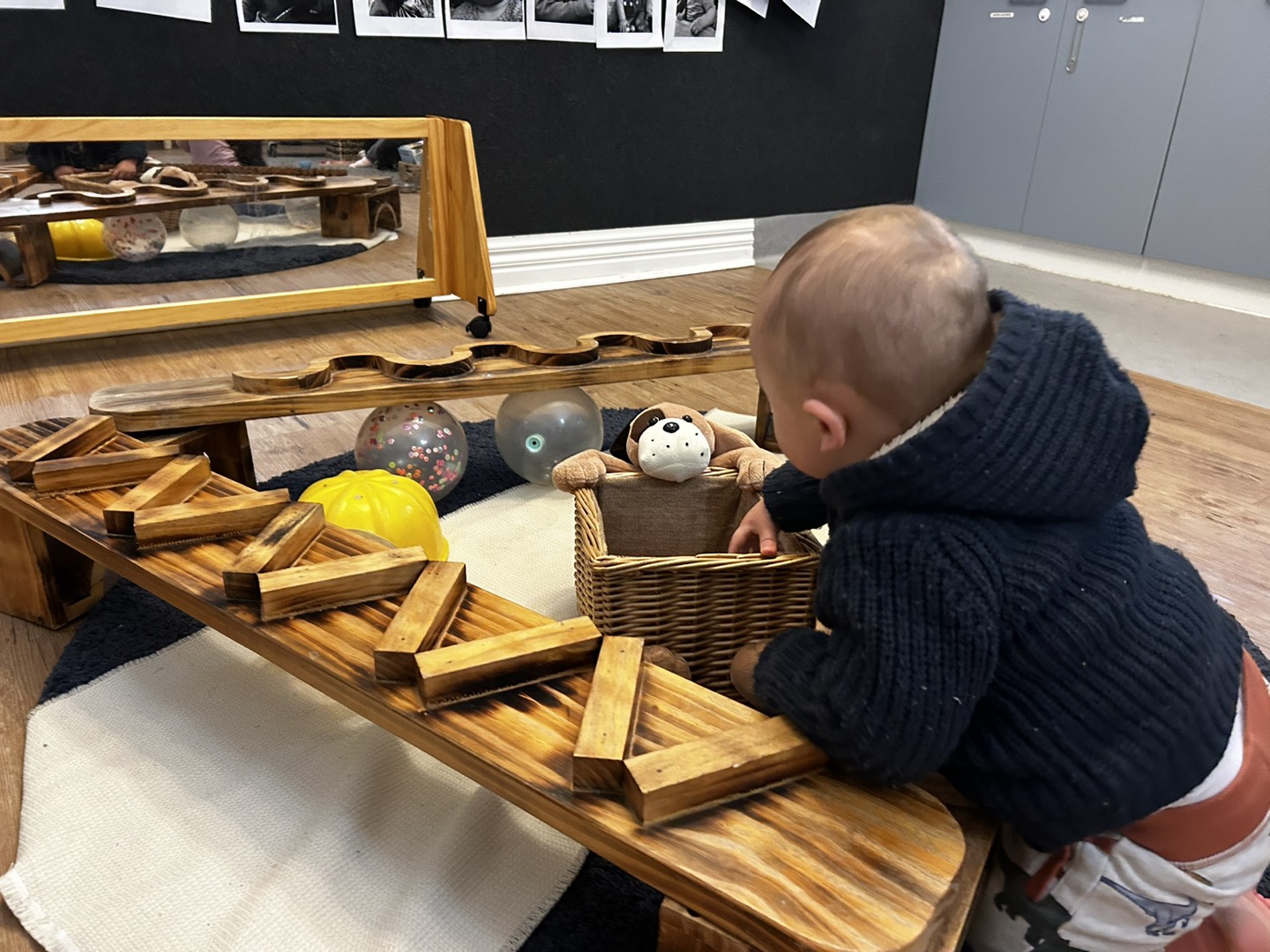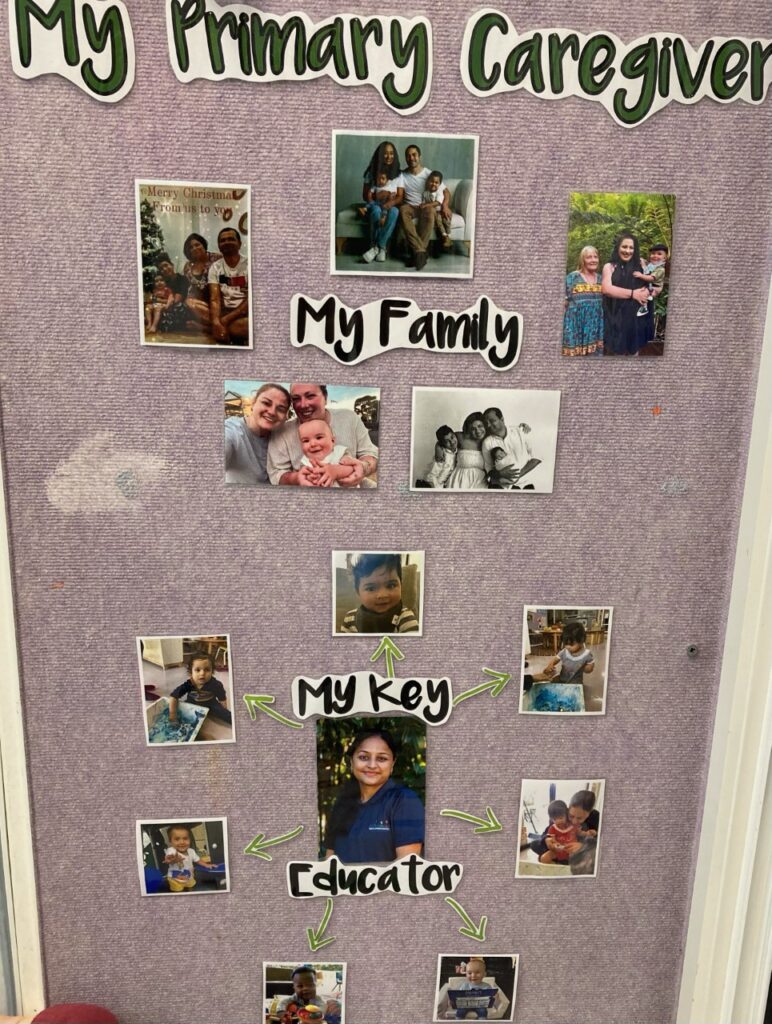
When thinking about a typical day in the Nursery, it is common to have preconceptions about what happens and how the educators facilitate learning. Through online research and centre tours, you will most likely obtain information that highlights how the infant room follow the baby's routine, focuses on relationships, provides sensory play, and the role of the educator may be described as an expert multitasker.
So, what does a typical day in the Infant room consist of, and why does it matter:
The truth is, awe and wonder go hand in hand in our Infant Curriculums. We cannot wait to demystify some of these common curiosities to celebrate further the specialty of working with infants and how our Lifelong Learning Curriculum for Healthy Beginnings sets the tone for optimal learning and development in our youngest citizens.
Key Learning Moments
In the Healthy Beginning curriculum, Key Learning Moments are the most crucial parts of the day to extend an infant’s learning. In this age group, educators plan infants’ learning based on their cues, emotions, reactions, and gestures, looking at what the infant is touching and what they are looking at. Educators require high-quality observations to ensure that the needs of our infants are met, and extension of learning is happening.
In the Healthy Beginning room, we have more opportunities to connect with the children compared to other age groups. We use these moments as a foundation for our curriculum to develop the child's resilience, encourage their curiosity, and establish a strong bond between the key educator and the child. These moments include arrivals, mealtimes, nappy-changing, feeding, and sleeping times.
During our Key Learning Moments, we prioritize building secure attachments and positive relationships between babies and educators using the Circle of Security. We engage with children positively, interact with them to build language skills, and foster bonding through physical play and moving with the infants in our care.
Curriculum Highlights
The Lifelong Learning Curriculum is designed to foster schematic play through the power of the environment. When you first step into a baby's room, you will notice an array of resources available for the infants to manipulate and explore through play. Many of these resources will be familiar and easily recognisable to you and your child; this familiarity helps to provide consistency and a sense of security to you and your infant, which is important in our circle of security.
Two key aspects of our environments that are not always known and a key part of how our program works include:
- All materials through the eyes of a child are open-ended and full of possibilities. For example, when we see blocks, it is common for adults to see their play potential and use it to stack with. Through the eyes of an infant, they may use the blocks to tap together to make music, throw, put into containers/bags, and or build with. This type of play is not only normal but important play children need to experience to make sense of the world around them, also known as play schemas in action. The room zones are intentionally designed to foster holistic learning for your infant.
- Educators, as professionals in their field, always have an intention behind what they do and why they observe children through a particular lens. For example, educators leverage the interest in play by observing a particular play schema the child is exploring and intentionally plan authentic and engaging experiences based on the current schema of interest being explored. Play Schemas are persistent and repetitive play behaviours observed in children as they interpret and develop cognitive frameworks about aspects of the world around them.
Everyday Family Interactions
The drop-off and pick-up routine is another pivotal segment in a day of a Healthy Beginning room. It is important to keep an infant’s routine consistent and ensure the transition between home and childcare is as seamless as possible.
What do educators look for during interactions with family? It is always helpful to understand how an infant's night sleep or morning routine has been at home. It gives educators an understanding of what the infant’s day will look like. Educators would also want to know the last timings for their meals, if there was anything different to their routine, if there was anything different happening at home, if there was a celebration or if the child had a vaccination. All this information does assist in educators planning for the day.
What can educators provide to families during these interactions? Similar to the transition from home to care, educators will provide families with information on how the day has been for their, infant at childcare to ensure a smooth transition between care and home. This open communication will support not only the consistency of an infant’s but also for families to plan how their night after picking up their infant.










